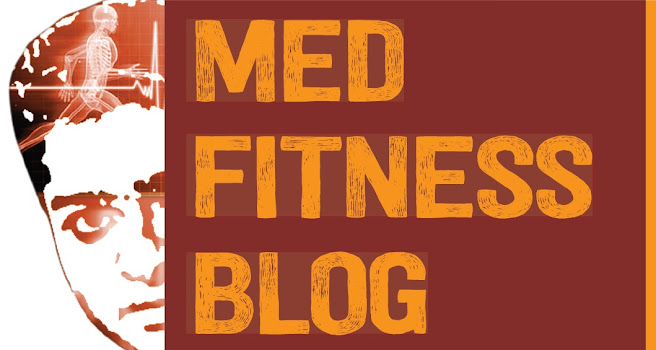Trypophobia is the creepy phobia you've probably never heard of. It's been in the spotlight this month after people claimed to be distressed by a TV show's adverts for an apparently innocuous reason: they feature small holes.
Each series of American Horror Story (AHS) focuses on a different, terrifying theme – this time, it’s “fears”. Think evil clowns, blood and clusters of small holes…
The revulsion towards small holes, or trypophobia, means people are even more freaked out by the gorey AHS than usual.
The graphic adverts featuring a hole-punctured tongue, a honeycomb brain and holey eyes are certainly not pleasant to look at, but some fans are claiming they trigger a physical response.
The ads have been blasted for insensitivity towards sufferers of trypophobia, with one saying she felt “personally victimised” on social media:
Some claimed the “triggering” ads made their skin crawl:
Others even resolved not to watch this year’s series because of the holes:
But what exactly is trypophobia?
It’s a relatively new term, so if you haven’t heard of it, you’re not alone.
Trypophobia is the intense and unexplained fear of irregular patterns or clusters of small holes or bumps. The term is believed to have been coined in an online forum in 2005, so you won’t find it in a dictionary. But some psychologists say it has been around since long before people could share their fears on the internet.
“Trypo” comes from the Greek word “Τρυπώ” which loosely translates to “bore a hole” or “pierce”. Combined with the Greek word for “fear”, trypophobia was born.
What are the triggers?
Anything with small holes or bubbles packed closely together in an irregular pattern. That includes honeycomb, lotus flower seeds, strawberries, sponges, bubbles in coffee, condensation, coral...
Do I have it?
Look at the images below: how do you feel?
Fearful?
Anxious?
Itchy?
If you said yes to any of the above, then you probably have trypophobia.
Is it a real phobia?
Trypophobia is not officially recognised as a phobia in scientific literature, but thousands of people claim to suffer from it on blogs and internet forums. The NHS website describes a phobia as a “debilitating fear”, adding: “phobias are more pronounced than fears.” It seems unlikely that people who are trypophobic are “debilitated” by a disgust of small holes, but hypnotherapist Simon English, who successfully treated a client with a fear of honeycomb, thinks it is more than just an irrational fear.
"Anything that causes an anxious or panicky reaction, that is a phobia. Spiders get a raw deal. We know it can be terribly illogical," he said.
Apparently "disgust propensity" is what makes some people more sensitive to small holes than others.
"One of the things someone can have is called disgust propensity. Some people have it more dominant than others, some things can be more yucky than other things.
"The first time someone sees this lotus flower or honeycomb, it looks a bit disgusting for whatever reason and they have a bit of an overblown reaction. They might never had this reaction before. The problem is once they’ve had that reaction, it’s like a seed will be set in their mind."
Why does it exist?
Initially, trypophobia was put down to the similarities between seemingly innocuous patterns of small holes and the round shapes found on poisonous animals, such as snakes and the blue-ringed octopus. This would explain the fear element.
But a new theory from psychologists at the University of Kent suggests the reaction is a biological revulsion rather than a learned behaviour. It proposes that the aversion to small holes is an “evolutionarily prepared response” to stimuli which resembles visible symptoms of disease and parasites.
Disgust, known as the “disease avoidance emotion”, is a natural response to objects which look like skin-transmitted pathogens.
Smallpox, rubella, measles and scarlet fever all appear on the skin in clusters of circular shapes. This would also explain the feeling of itchy skin trypophobics get when looking at harmless hole patterns.
Simon English also thinks the phobia has been around for a while. "It's just become more dominant now. People are plastering all these images on the internet and people think 'oh that’s disgusting.' More people come out of the woodwork."
Can it be treated?
Some phobias are easier to avoid than others. It's impossible to leave the house without encountering some sort of hole, and nothing has been proven to successfully treat trypophobia. Simon English recommends hypnotherapy, but that "depends on the person".
Until more research has been done, all trypophobics can do is look away.




No comments:
Post a Comment